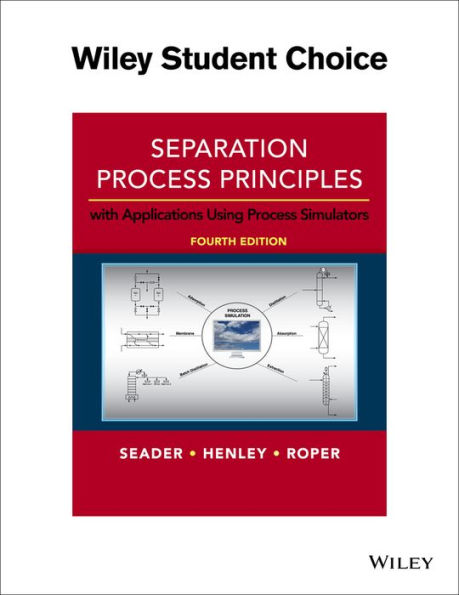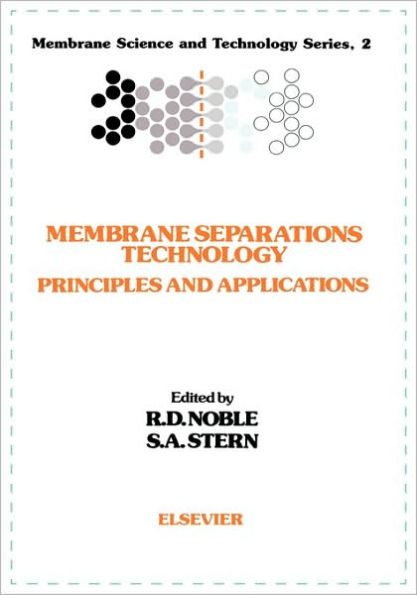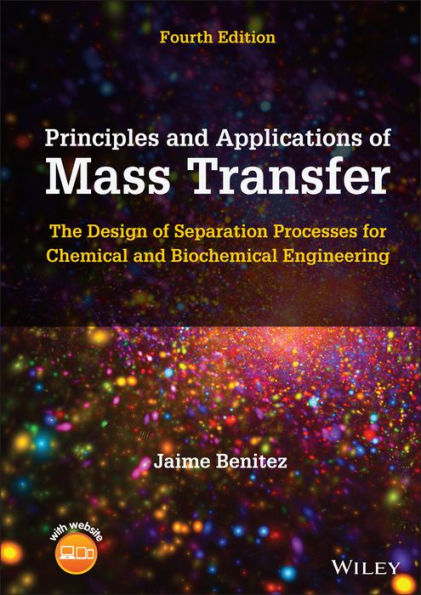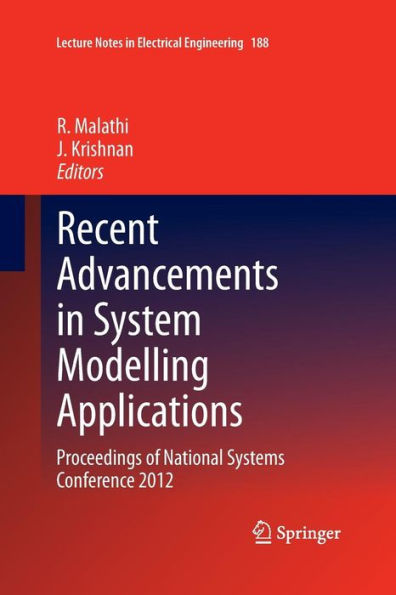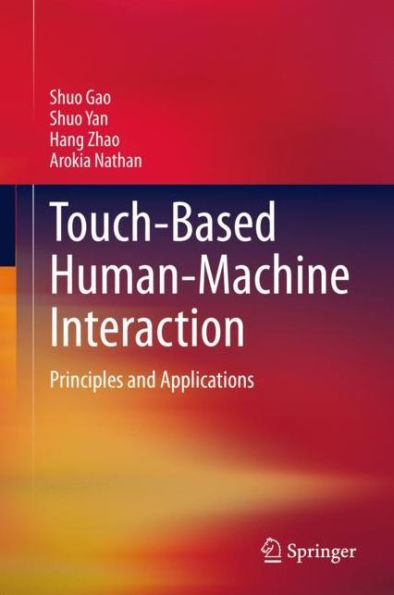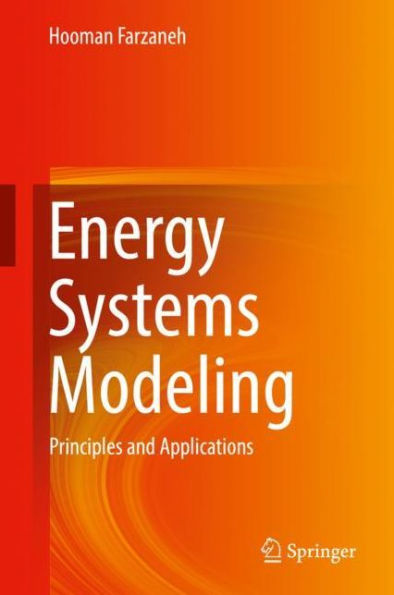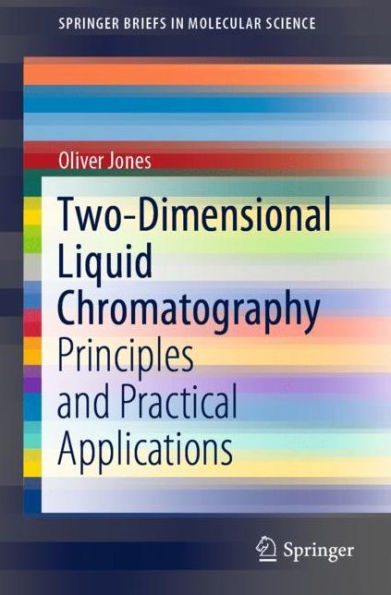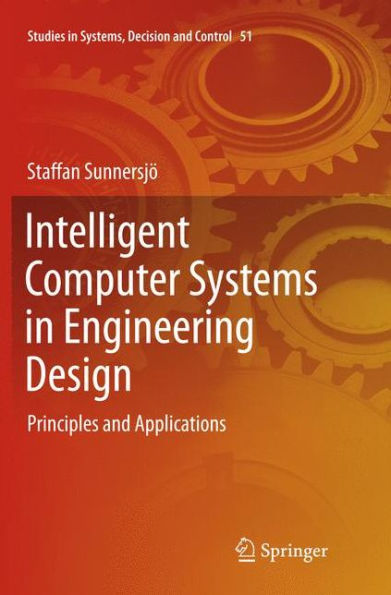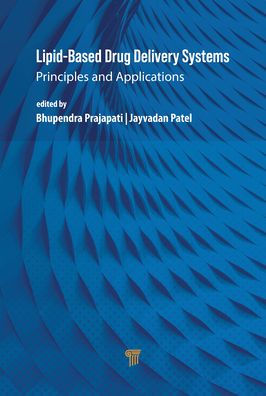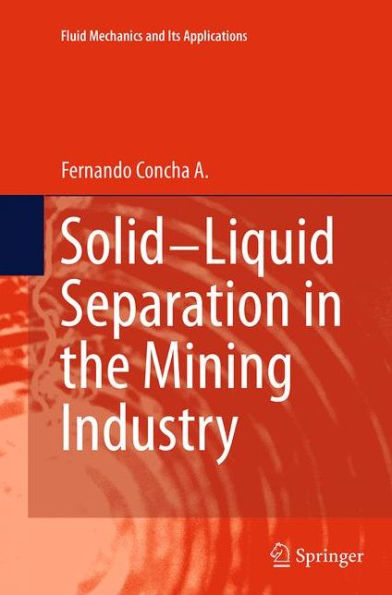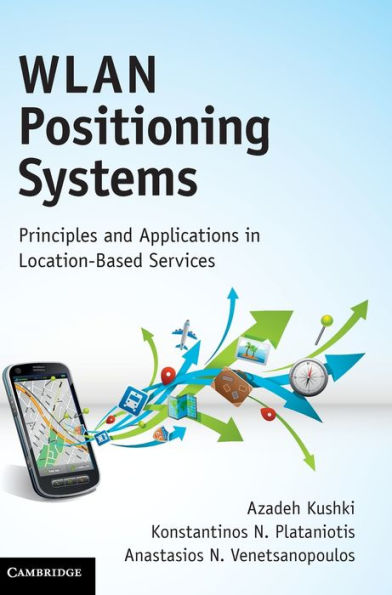Home
Principles of Multiple-Liquid Separation Systems: Interaction, Application and Advancement
Barnes and Noble
Principles of Multiple-Liquid Separation Systems: Interaction, Application and Advancement
Current price: $225.00
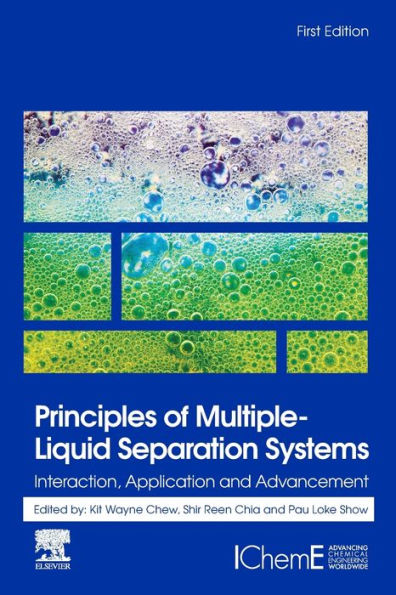

Barnes and Noble
Principles of Multiple-Liquid Separation Systems: Interaction, Application and Advancement
Current price: $225.00
Size: Paperback
Loading Inventory...
*Product information may vary - to confirm product availability, pricing, shipping and return information please contact Barnes and Noble
Principles of Multiple-Liquid Separation Systems: Interaction, Application and Advancement
describes the basic principles and advancements of multiple-liquid separation systems in downstream processing. Several important elements are included, such as the fundamental process and mechanisms of the multiple-liquid separation system, key principles of the interaction between different solvents and phase components, applications, and green solvents for the separation system. Furthermore, the book gives insights in commercializing this separation technique to industrial scale and making the process environmentally and economically sustainable. The book also presents constructive critics of this separation technique for both past and the latest findings.
describes the basic principles and advancements of multiple-liquid separation systems in downstream processing. Several important elements are included, such as the fundamental process and mechanisms of the multiple-liquid separation system, key principles of the interaction between different solvents and phase components, applications, and green solvents for the separation system. Furthermore, the book gives insights in commercializing this separation technique to industrial scale and making the process environmentally and economically sustainable. The book also presents constructive critics of this separation technique for both past and the latest findings.
